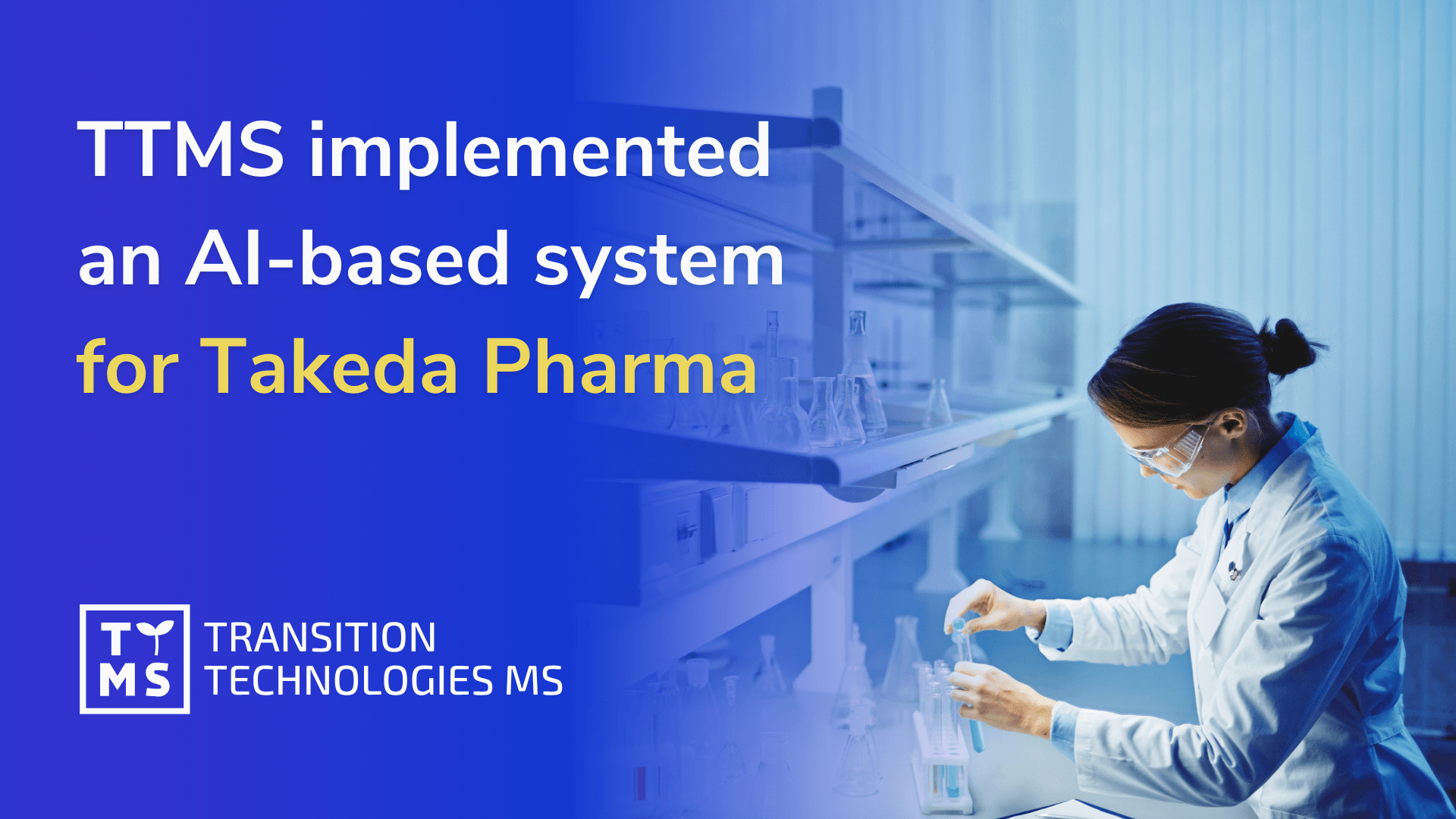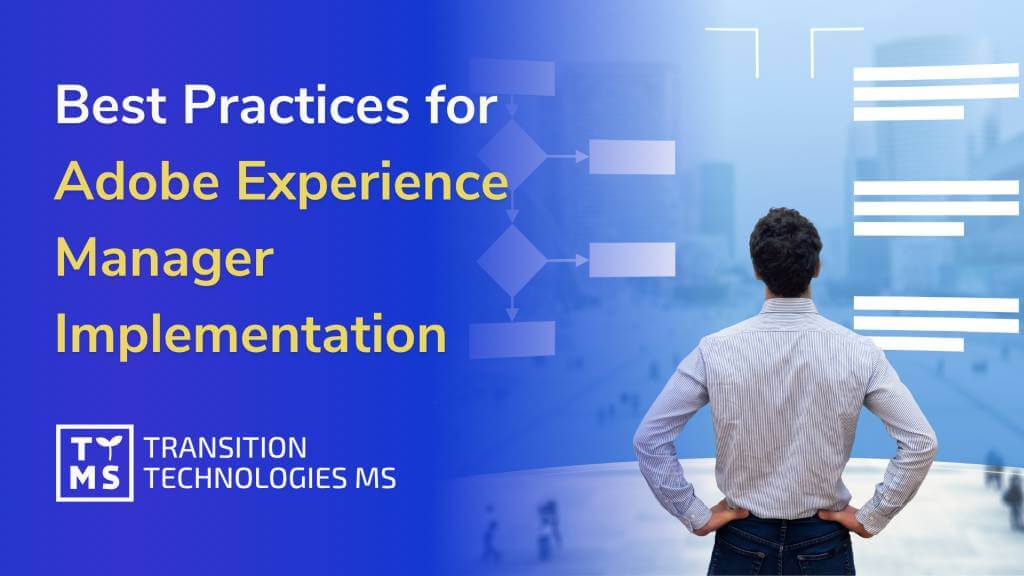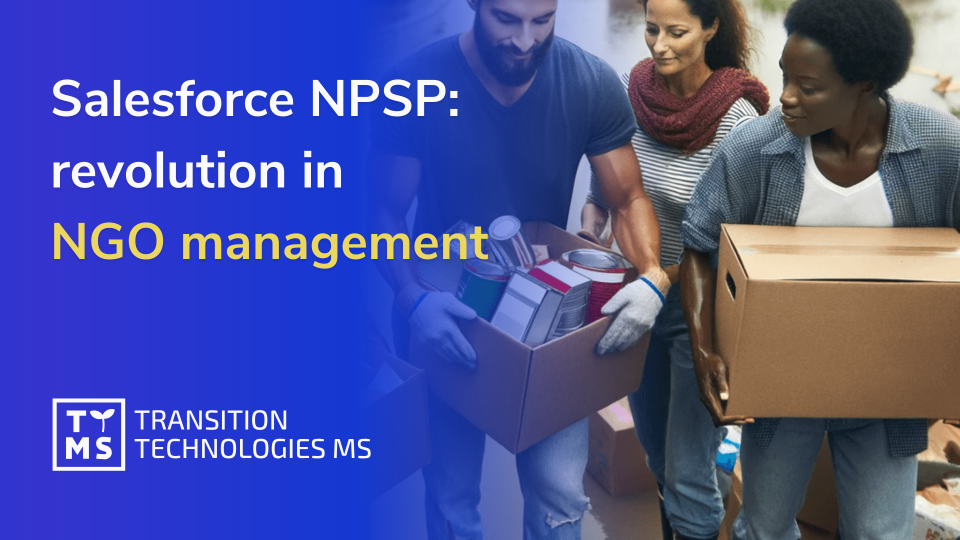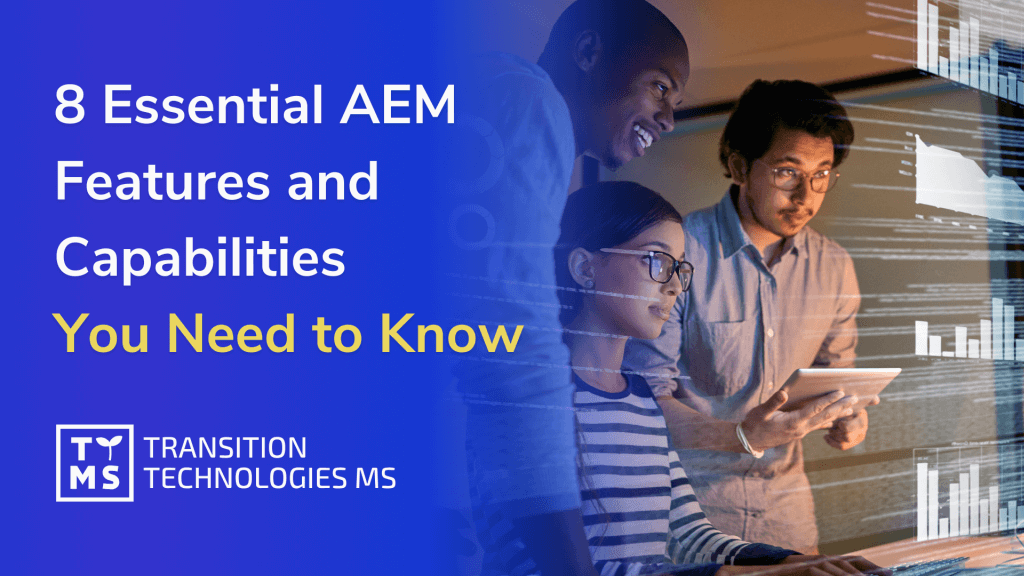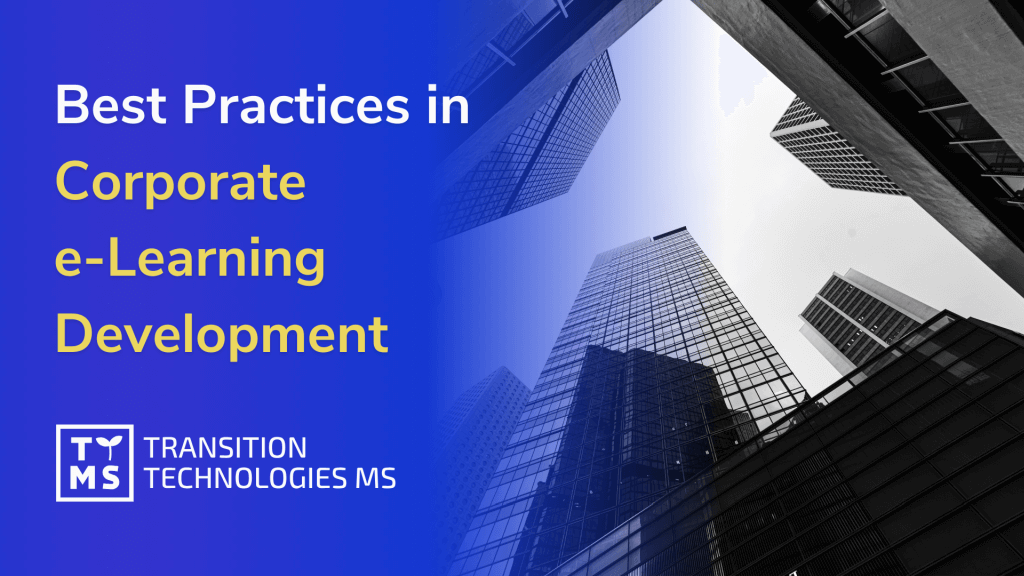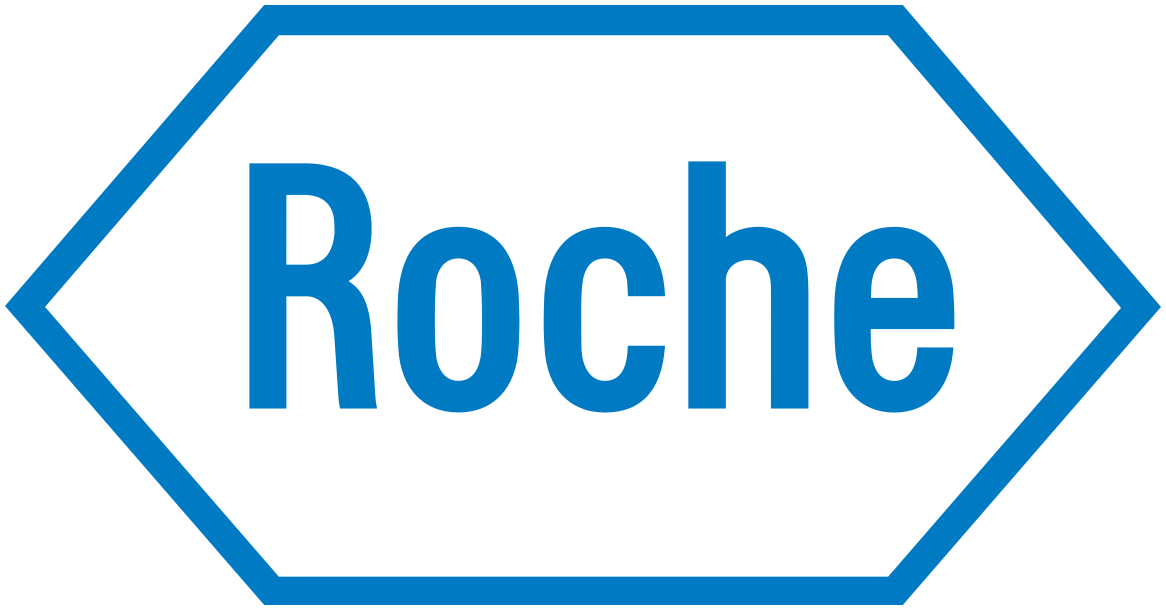The opening of TTMS’s new office in Kuala Lumpur has prompted us to talk about working in Malaysia. Is the Asian market conducive to doing business, or does it face more challenges? What does the labour market look like there? And finally, how to deal with so much cultural diversity? Krzysztof Zapała, CEO of TTMS Software Malaysia, will tell you about everything.
- Our first office in Malaysia
- Navigating Earnings and Working Culture in Malaysia: Insights from the Asian Market
- Exploring Life in Malaysia: Riches, Opportunities, and Education Await
- Embracing Multiculturalism in Malaysia: Challenges and Vibrant Celebrations
- Still surprises me…
- Malaysian Culture and Life
- Malaysia prices
- Malaysia earnings
- Malaysia people
- What are Malaysians like in business and work
- Work Culture in Malaysia
- Malaysian work culture
- Malaysian business culture
- Office culture in Malaysia
- Work in IT in Malaysia
- Business etiquette in Malaysia
- TTMS in Malaysia
1. Our first office in Malaysia
Both in Malaysia and Poland, we work for clients who have various responsibilities. These obligations also translate into us, and one of them is to work from an office that has undergone the certification process. This means that the office must meet certain requirements, mainly related to security. Limited internet access, physical security and the protection of intellectual property should be taken into account. Therefore, so far our employees have worked directly from the client’s offices. This year, however, we were able to open our first own branch in Malaysia, which complies with the standards, which we are extremely proud of! After the initial audit, we have the client’s permission to work from the office and we are in the process of obtaining official certification.
Our employees in Malaysia deal with the maintenance of customer systems for countries in the APAC region. These are projects that we have previously implemented from Polish offices. However, it was not convenient due to the large difference in time zones. When we start work in Poland at 8 a.m., in Malaysia it is 3 p.m., which means that the working day is about to end. Moreover, it was more difficult for us to find employees with specific competences on the Polish market, e.g. the ability to use Mandarin. In Malaysia, such people are more easily available, which is why we decided to build a team on site and open a branch there.
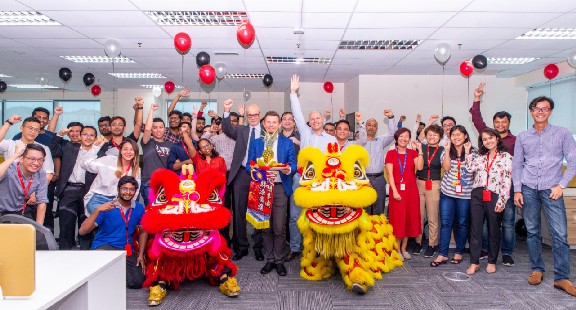
Photo from the official opening of the office in Malaysia
2. Navigating Earnings and Working Culture in Malaysia: Insights from the Asian Market
The Asian market presents us with various challenges. It is not easy to find the right staff that will agree to the financial rates proposed by our clients. And it’s not that our wages are low. Here, as in Poland, the phenomenon of the employee market occurs. Candidates choose between job offers and can dictate the conditions themselves. Competition in the IT market is fierce. There are many global and local companies here, there are both smaller and larger players, which is why the wage pressure is growing. I see great similarities to the European market here.
At the same time, I notice that Malaysians like European companies. It is synonymous with high quality, proper employee treatment, good reputation and innovation. Europe is perceived as an exclusive region. The processes we bring here are appreciated. I myself am also very pleased with our employees – they are diligent and hardworking people.
3. Exploring Life in Malaysia: Riches, Opportunities, and Education Await
It is worth paying attention to the good location of this country and the market. Malaysia is one of the richest countries in this region. It is characterized by a high standard of living, infrastructure, education and good quality roads. It also makes foreigners eagerly choose this place to live. Nearby countries such as the Philippines, Vietnam and India are poorer. As a result, we have access to a large group of competent employees, although it should be remembered that employees are financially demanding. There is a very good education in Malaysia, people are educated in those areas where we also move, and that is certainly good for us. As TTMS has received the official ICT status, we can relocate employees from other countries, which is very popular.
4. Embracing Multiculturalism in Malaysia: Challenges and Vibrant Celebrations
Due to the large number of people, there is a lot of cultural and religious diversity. Just because someone has a Malaysian passport does not mean that they are Malaysian. This document does not condition our nationality here. We can distinguish 3 blocks: Malaya, which is the most numerous. They have their own kitchen and they follow the religion of Islam. The second group are Chinese with a different cuisine, their own holidays and Buddhist and Christian religions. The third, smallest, but also large block is Indian. So here we have a real cultural melting pot.
The state recognizes all three religions. Therefore, Chinese, Hindu and Muslim holidays are treated as state holidays and are days off for everyone, no matter what religion you are. It happens that you celebrate holidays unrelated to your religion. The authorities ensure that there are no racial conflicts and inspire inspiration from each culture.
Celebrating holidays is also visible in offices. During this time, workplaces are decorated and employees come dressed in regional costumes, both women and men. It is very colourful here then.
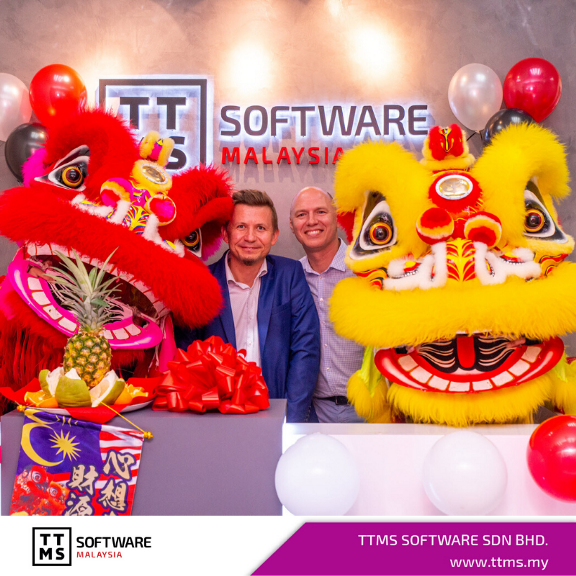
Part of the Polish team learns about Malaysian traditions
5. Still surprises me…
Even though I’ve been in Malaysia for a few years, there are still a few things that surprise me here. For example, the approach to things that were previously obvious to me, e.g. those related to the market and labour law, contracts, the employer’s obligations towards the employee. In Poland, if you get sick, you get L4 and there is no limit on sick leave. In Malaysia, on the other hand, there is a certain number of days you can spend while receiving a salary.
Another issue is the confusion of the measurement system – we have both the metric system, as in Poland, but also the British system, calculated in imperial units. For example, when driving a car you measure speed in km/h, area in square feet, temperature in degrees Celsius, length of a segment in meters, but height in feet. Sometimes you can get lost.
An interview with Krzysztof Zapała, CEO of TTMS Software Malaysia was written by Marlena Momot
6. Malaysian Culture and Life
Malaysia, with its diverse cultural heritage and booming economy, offers a unique and vibrant lifestyle for residents and expatriates alike. Let’s explore some key aspects of life in Malaysia, including prices, earnings, and the remarkable qualities of its people.
Malaysia prices
When it comes to prices in Malaysia, the cost of living is relatively affordable compared to other developed countries. Groceries, dining out, and transportation are generally reasonably priced, allowing individuals to maintain a comfortable lifestyle without breaking the bank. Housing prices vary depending on the location, with urban areas like Kuala Lumpur having higher rental or property costs compared to smaller towns.
Malaysian earnings
Earnings in Malaysia vary depending on the industry, job level, and qualifications. The country offers competitive wages, particularly in sectors such as technology, finance, and engineering. Expatriates, especially those with sought-after skills, may find attractive compensation packages and benefits. However, it is essential to consider the cost of living and local market dynamics to gauge the overall financial feasibility.
Malaysian people
The people of Malaysia are renowned for their warm hospitality, friendliness, and multicultural mindset. Malaysians are proud of their diverse heritage, which includes Malay, Chinese, Indian, and indigenous influences. This multiculturalism enriches the social fabric of the country, fostering an environment of mutual respect and understanding. Malaysians are known for their strong sense of community and often display a strong work ethic.
What are Malaysians like in business and work
Malaysians value professionalism, teamwork, and collaboration in the workplace. They appreciate clear communication and a respectful working environment. Building strong relationships with colleagues is highly valued, and socializing beyond work hours is common, as it helps to foster camaraderie and strengthen team dynamics.
Malaysia’s business culture embraces a hierarchical structure, where seniority and rank hold significance. However, this doesn’t hinder open dialogue and the exchange of ideas. Malaysians appreciate the importance of face-saving and maintaining harmonious relationships, which can sometimes result in indirect communication or avoiding confrontations.
7. Work Culture in Malaysia
Malaysian work culture
The work culture in Malaysia reflects the nation’s diverse society, blending Eastern and Western influences. Malaysians value a healthy work-life balance and strive to create a harmonious environment. The concept of “face” or preserving one’s reputation plays a role in work interactions, with a preference for indirect feedback and maintaining social harmony.
Malaysian business culture
Malaysia’s business culture emphasizes respect, hierarchy, and maintaining good relationships. Punctuality and proper attire are important, especially in formal business settings. Building trust and establishing personal connections are crucial when conducting business in Malaysia. Decision-making processes may take time, as consensus and consultation are valued.
Office culture in Malaysia
Office culture in Malaysia often fosters a friendly and inclusive atmosphere. Colleagues often share meals together during the lunch hour, allowing for informal discussions and bonding. It is common to see offices decorated during festive seasons, celebrating the multicultural traditions of the country. The blend of various cultural practices adds a colorful touch to the workplace.
Work in IT in Malaysia
The IT industry in Malaysia offers numerous job opportunities for both local and foreign professionals. With a growing emphasis on technology and digital innovation, the demand for skilled IT specialists continues to rise. Companies in Malaysia value individuals with strong technical expertise, adaptability, and a willingness to learn.
With its multicultural society, Malaysia’s workforce benefits from a diverse pool of talents, ideas, and perspectives. This multicultural environment nurtures creativity, innovation, and problem-solving abilities, making Malaysia an attractive destination for professionals seeking unique experiences.
Business etiquette in Malaysia
Business etiquette in Malaysia is influenced by the country’s diverse cultural and religious backgrounds, predominantly Malay, Chinese, and Indian communities. Understanding and respecting these nuances is key to successful business interactions. Here are some key aspects:
- Dress Code: Business attire in Malaysia is generally conservative. Men often wear suits and ties, while women are expected to dress modestly, avoiding revealing clothing.
- Greetings: When meeting someone for the first time, a handshake is common. However, some Muslim women may not shake hands with men. In such cases, a nod or a slight bow is appropriate. It’s important to use titles and surnames unless invited to do otherwise.
- Business Cards: Exchange business cards with both hands or the right hand. Take a moment to look at the card before putting it away, as this shows respect.
- Meetings: Punctuality is important, but meetings may not always start on time due to a more relaxed attitude towards time. Meetings often begin with small talk, which helps in building relationships.
- Communication Style: Malaysians tend to be indirect in their communication. Direct confrontation or criticism is often avoided to maintain harmony. Reading between the lines and paying attention to non-verbal cues is crucial.
- Decision Making: Decisions can take time, as they often involve consultation with many people. Patience and persistent follow-up are important.
- Gift Giving: Giving gifts can be a part of business relationships, but it’s important to be aware of Islamic laws and customs (e.g., avoid alcohol and pork products). Gifts are usually not opened in the presence of the giver.
- Entertainment: Business discussions often extend to meals, especially lunch. During meals, observe local dining etiquette. For instance, if dining with Muslims, avoid ordering pork or alcohol.
- Hierarchy: Respect for hierarchy is significant. Decisions and ideas are often referred to higher authorities before they are agreed upon.
- Negotiation: Negotiations can be slow. It’s important to show respect and not display frustration or impatience.
Being culturally sensitive and adaptable, while maintaining a professional demeanor, is key to navigating the business landscape in Malaysia. Understanding these etiquette rules helps in building strong business relationships and is vital for long-term success.
8. TTMS in Malaysia
As an innovative company, TTMS focuses on delivering cutting-edge solutions to its clients, leveraging the power of advanced technologies. In Malaysia, TTMS has identified a set of priority technologies that align with the local market needs and aspirations:
- Adobe Solutions: TTMS leverages Adobe’s powerful suite of tools and technologies to deliver innovative solutions for design, marketing, and digital experiences. From creative design to data-driven marketing campaigns, TTMS helps businesses harness the full potential of Adobe solutions.
- E-learning Solutions: With the increasing demand for online learning, TTMS offers e-learning solutions that enable organizations to create engaging and interactive educational experiences. The company develops custom e-learning platforms and content management systems to facilitate effective online training and education.
- IT Consulting: TTMS provides IT consulting services to assist organizations in optimizing their IT infrastructure and strategies. The company’s consultants offer expert advice and guidance, helping businesses align their technology initiatives with their overall objectives.
- Salesforce: As a certified Salesforce partner, TTMS offers Salesforce implementation and customization services. This enables businesses to leverage Salesforce’s CRM platform to manage customer relationships, automate sales processes, and drive business growth.
- System Development & Maintenance: TTMS specializes in system development and maintenance, catering to a wide range of industries. With expertise in sectors like industrial automation, medicine, pharmacy, IT, and finances, TTMS develops robust and scalable systems tailored to specific industry requirements.
By prioritizing these technologies, TTMS aims to contribute to Malaysia’s digital transformation and propel the country towards a technology-driven future.
The TTMS Company in Malaysia boasts a dedicated team of highly skilled professionals who work collaboratively to deliver exceptional results. Led by experienced managers, the team is committed to providing top-notch services to clients while adhering to the unique Malaysia working culture. The TTMS office in Malaysia is strategically located in the heart of Kuala Lumpur, a bustling city that serves as the country’s economic and cultural center. This central location allows TTMS to easily engage with clients and stay connected to the vibrant business culture in Malaysia.
With a firm belief in the potential of the local talent pool, TTMS has invested in hiring and nurturing talented individuals from Malaysia. Currently, the company employs a considerable workforce, comprising both local professionals and individuals from diverse backgrounds. This diversity not only enriches the workplace but also brings together a wide range of perspectives and ideas, fueling innovation and creativity. TTMS in Malaysia continuously fosters a supportive and inclusive environment where employees are encouraged to develop their skills and contribute to the company’s growth.
To connect with TTMS is a great place to work in Malaysia – explore collaboration opportunities, interested parties can reach out to the company through their official website at ttms.my. TTMS welcomes partnerships and engagements with organizations and individuals who are eager to leverage the potential of emerging technologies in Malaysia’s dynamic business landscape. With its strong commitment to excellence and its deep understanding of the local market, TTMS stands as a trusted partner for technological innovation and digital transformation in Malaysia.
If you’re eager to dive deeper into the world of TTMS Malaysia and discover behind-the-scenes insights, we invite you to follow us on Instagram. Our Instagram page offers exclusive glimpses into our projects, culture, and the talented individuals who drive our success. Stay connected with us for engaging content and stay up-to-date with the latest technological advancements and industry trends.
